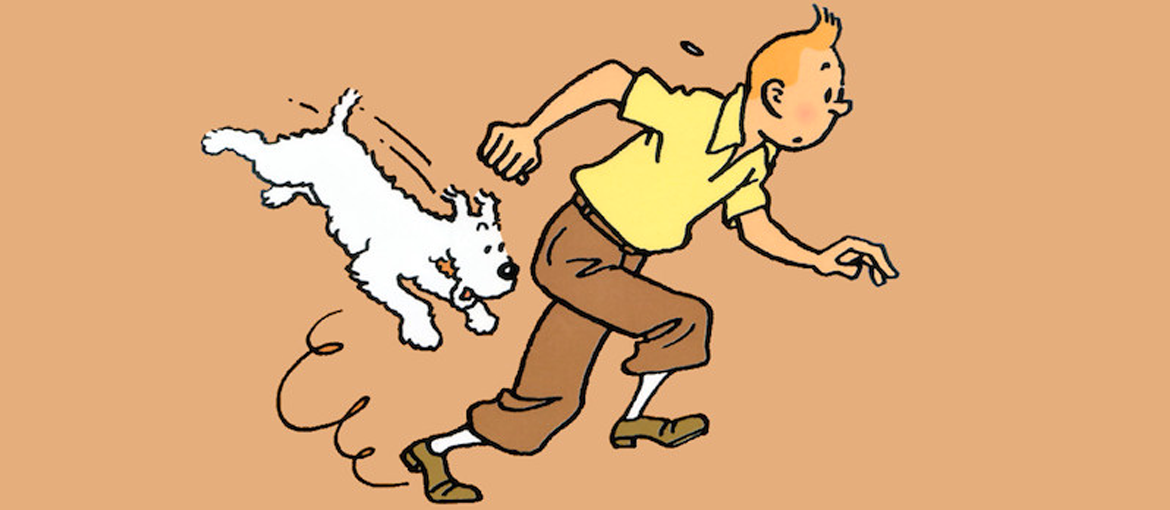Numerous cartoon creators and those aspiring to be one often resort to Pixartprinting for the purpose of printing their narratives or assembling an engaging portfolio that showcases a variety of artistic approaches and styles. We find ourselves in an era where the diversity of global production in terms of styles, genres, and visions has reached unparalleled heights.
However, comic books vary significantly across the globe. By placing an edition of Batman next to Dylan Dog, one can observe differences in format, album size, and page numbers. These variations extend to the storytelling methods and narrative structures.
In the United States, the term used is comics, while in Japan it is manga. In Italy, they are referred to as comics, and in France and Belgium, they are known as bande dessinée. This discussion focuses specifically on the Franco-Belgian comic tradition, a major and highly influential sector within the European market.
Saverio Tenuta: Navigating the World of French/Belgian Comics
What entails creating a comic in the Franco-Belgian style, whether it’s for a portfolio to present to publishers or for a self-published work?

Take, for example, an old Italian edition of Blacksad, initially released in France by Dargaud in a format that mirrors the original French hardback edition. It’s crucial to recognize that comics, as a form of expression, incorporate underlying structures and visual languages that reflect the cultural, historical, and evolutionary context of their country of origin. These are not rigid rules but have shaped narrative pacing, page layout, and storytelling techniques.
To gain insights into Franco-Belgian comics, we engaged with Saverio Tenuta, a seasoned cartoonist in France (with experiences in the United States and Italy) known for works like La Légende des Nuées Écarlates and Le Masque de Fudo, published by Les Humanoïdes Associés in France and Magic Press in Italy.

Understanding the Language and Basics of Bande Dessinée
Comics consist of key elements common across global traditions:
- Vignette: A single unit containing images and dialogue, which, when sequenced, forms a comic strip.
- Cage: The collective arrangement of vignettes on a page, creating the overall comic strip layout.
- Closure: The “empty space” separating vignettes, dictating the narrative’s pacing.
Focusing on bande dessinée, which translates to “drawn strip,” this style in France, particularly in realistic genres and some humorous instances, demands detailed attention with adventure-laden stories and a precise, uncluttered style.
According to Saverio Tenuta, the relationship between a French author and their character is profoundly personal, contrasting with the Italian and American markets. The connection between creator and creation is rarely severed, leading to an annual production cycle that demands meticulous attention, reflecting the author’s distinctive personality.
Many artists have left their mark on Franco-Belgian comics, with notable figures like Hergè and his “ligne claire” style in Tintin, and Jean Giraud (Moebius) with his innovative narratives. The genre also boasts a strong humorous tradition, exemplified by Asterix by René Goscinny and Albert Uderzo, showcasing the diverse narrative structures within Franco-Belgian comics.

Distinguishing Features of Franco-Belgian Comics
Understanding Franco-Belgian comics’ graphical nuances comes from contrasting it with other comic traditions, such as American comics. A comparison between panels from Spider-Man Noir and the French series Cosa Nostra illustrates fundamental differences in dynamism, panel arrangement, and narrative pacing.

Franco-Belgian comics prioritize storytelling and fluid image sequences over spectacle, aiming for a coherent flow that guides the reader through the narrative.
The Structure and Final Presentation of Franco-Belgian Comics
Traditionally, Franco-Belgian comics have adopted a structured layout featuring:
- Four horizontal strips
- 8 to 12 vignettes per page
- 46-page narratives
However, individual publishers and authors may adopt unique structures based on the story’s demands, varying the number of strips or vignettes per page.

The drawing process for Franco-Belgian comics doesn’t adhere to standard sizes like A4 or A3, requiring artists to reference published works for accurate dimensions, considering additional margins and cutting requirements.

Final publications are typically presented in high-quality hardcover formats, with color stories standard, differing from Italian comics. French comic books, regarded as genuine literature, often opt for hardback bindings to emulate book aesthetics, while portfolios may use various types of bindings.
This exploration into bande dessinée highlights a complex and diverse tradition. To truly grasp the narrative and technical intricacies of this genre, one should immerse themselves in the works and histories of its pivotal authors and stories.

